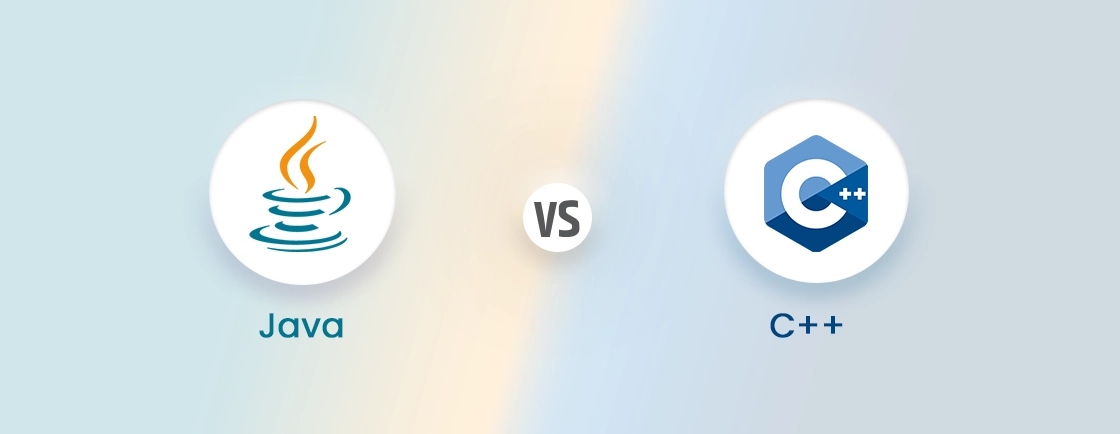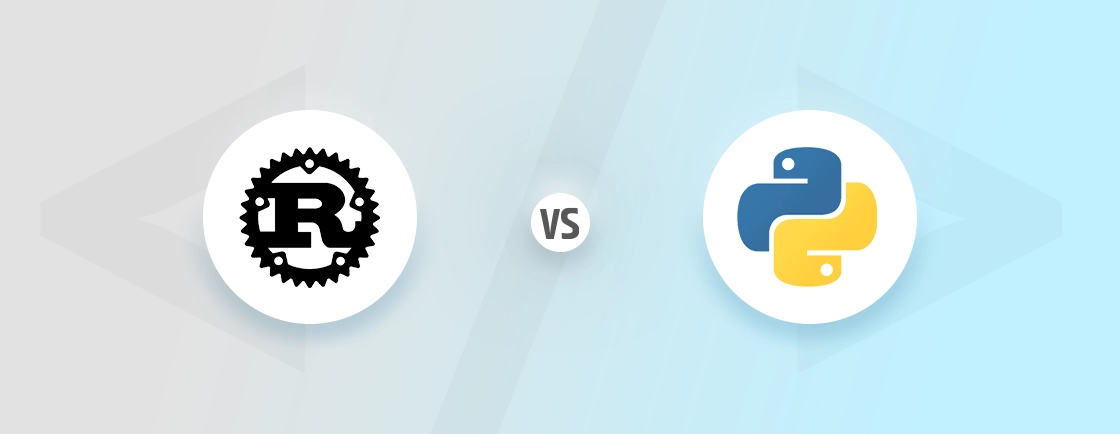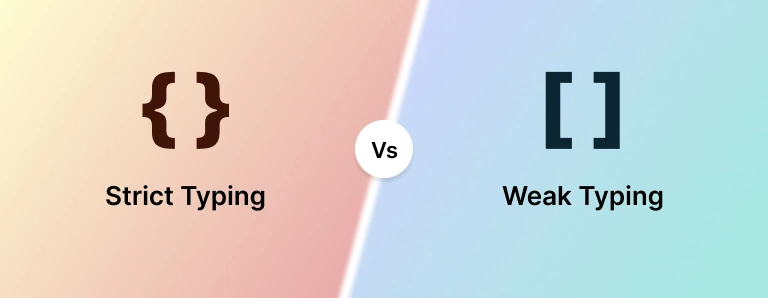Table of Contents
Businesses and organizations constantly seek innovative solutions to manage and deliver their content and effectively create the best websites. This has led to using two distinct content management system (CMS) architectures: headless CMS and traditional CMS.
While both approaches aim to streamline content management, they differ significantly in their structure and capabilities. A headless CMS, as its name suggests, separates the content management back-end from the presentation layer or front-end. However, a traditional CMS goes for a blended approach encapsulating both content management and front-end presentation.
How do they differ from each other? That’s what we aim to cover with this comparison guide. But first, let’s take a look at what a CMS is.
What is a Content Management System?
A Content Management System (CMS) is a software tool used for creating, managing, and organizing digital content. It lets you easily create, edit, and publish content on websites without needing extensive technical knowledge.
A CMS consists of two main components: content management and content delivery. The former allows for content creation and management, while the latter is responsible for displaying the content to website visitors.
By utilizing a CMS, businesses can streamline their content creation and publishing processes, improve website maintenance, and ensure consistent branding and messaging. It also enables collaboration among multiple users and provides security features to safeguard sensitive information.
What is a Headless CMS?
As the name suggests, headless CMS decouples the content management back-end from the presentation layer or front-end. This separation grants web developers the freedom to design and implement any front-end experience they desire using any programming language or framework.
Content is stored and managed centrally, while the presentation is handled through APIs, allowing for seamless integration with various frameworks, languages, and devices.
How does it work?
A headless CMS separates the content creation and management from the presentation layer. Instead of being tied to a specific front end, a headless CMS provides APIs that allow developers to deliver high-quality content to any platform or device. Here’s how it works:
- Content creation: Authors create and manage content in a user-friendly interface, similar to a traditional CMS.
- API calls: When content is published or updated, the headless CMS sends an API call to retrieve the content.
- Front-end development: Developers use the API to fetch the content and display it on the desired platform or device.
- Customization: With a headless CMS, developers have the flexibility to customize the front-end experience based on specific requirements.
- Multi-channel delivery: The headless CMS enables content distribution across multiple channels, like websites, mobile apps, voice assistants, and more.
By decoupling the front end from the back end, a headless CMS allows for more flexibility, scalability, and faster content delivery. The web experts use headless CMS to deliver personalized and consistent content experiences to their audiences.
What is a Traditional CMS?
A traditional CMS, also known as a monolithic CMS, presents a unified package that encapsulates both content management and front-end presentation. This centralized approach offers ease of use and accessibility, along with a drag-and-drop functionality, making it a popular choice for organizations with limited technical expertise.
How does it work?
A traditional Content Management System (CMS) follows a specific process to manage and display website content effectively. Here is an overview of how a traditional CMS works:
- Content Creation: Users can easily create and edit content using a user-friendly interface within the CMS.
- Content Storage: The CMS stores the content in a database or file system for quick and easy access.
- Content Organization: The CMS categorizes and organizes the content into different sections or folders based on predefined structures.
- Content Management: Administrators have complete control over content publication, including scheduling, versioning, and workflow management.
- Content Presentation: The CMS retrieves the requested content and dynamically generated web pages using templates and themes.
- Content Delivery: The CMS delivers the generated web pages to end users through a web server.
By following these steps, a traditional CMS enables efficient content creation, management, and presentation for websites. If you want more information as to which method would be better, I recommend you consult with a CMS development company. They will recommend you the best option between the two after analyzing your requirements.
Headless CMS vs Traditional CMS: A Comprehensive Comparison
Content management systems are basically characterized by two distinct architectural approaches: headless CMS and traditional CMS. Each approach presents a unique set of advantages and limitations, choosing between them a crucial decision for businesses and organizations navigating the digital landscape.
So, I have listed five factors and compared them through the headless and traditional CMSs based on them.
Presentation Layer
For headless CMS, the presentation layer is completely separate from the CMS. That allows for complete customization and integration with any front-end technology. This means that a web development company will have the freedom to create any design or user interface they desire using any programming language or framework.
However, for traditional CMS, the presentation layer is integrated with the CMS. So, the CMS itself controls the design and layout of the website. This can limit the amount of customization that is possible, but it can also make it easier to create a consistent look and feel across the website.
Verdict: While headless CMS offers unparalleled flexibility in terms of presentation layer design and implementation, traditional CMS is easier to use for non-technical users.
Website Development
Due to the separation of the front-end and back-end, headless CMS requires more technical expertise to develop and maintain a website. Developers need to have a good understanding of both front-end and back-end technologies in order to create a seamless experience.
On the other hand, traditional CMSs are generally easier to use for website development, even for non-technical users. This is because the CMS provides a drag-and-drop interface for creating and editing pages, and it also includes various pre-built templates and themes.
Verdict: With traditional CMS, anyone with or without development skills can create the best websites. But with headless CMS, you will need to hire developers with the necessary expertise.
Content Management
Headless CMSs are primarily designed for storing, managing, and delivering content. This means that they provide a powerful set of tools for creating, editing, and organizing content, but they do not provide as much control over the presentation layer.
On the contrary, traditional CMSs provide a unified platform for both content management and front-end presentation. That means users can create and edit content directly within the CMS, and they can also see how their changes will look on the website.
Verdict: With headless CMS, you can manage a large amount of content on a variety of channels. However, the traditional alternative offers a user-friendly platform for managing both content and design.
Flexibility and Scalability
The decoupled architecture of headless CMS makes it highly flexible and scalable. That means businesses can easily add new features and functionalities to their websites without having to worry about making changes to the CMS itself. Headless CMSs can also handle huge amounts of traffic and can be easily scaled up or down as needed.
But, the integrated architecture of traditional CMS can limit flexibility and scalability. That is because changes to the front end can require changes to the CMS itself, and it can also be more difficult to scale traditional CMSs to handle a large amount of traffic.
Verdict: Headless CMS architecture is more flexible and scalable, but the traditional alternative is for website requirements that are not likely to change in the future.
Integration with Other Systems
Headless CMSs are easy to integrate with other systems through APIs. That means businesses can easily connect their CMS to other applications, such as CRMs, marketing automation platforms, and e-commerce platforms.
But, traditional CMSs can be more difficult to integrate with other systems. This is because the CMS may not have as many pre-built integrations, and it may require more custom development to connect the CMS to other applications.
Verdict: While headless CMS can be integrated with a variety of other systems for creating the best websites, the traditional CMS options are limited in that aspect.
Final Verdict
In general, headless CMS is a good choice for businesses looking for a flexible and scalable solution for managing and delivering quality content across multiple channels. It is also a good choice for businesses that have the in-house resources or are willing to invest in hiring developers with the necessary expertise.
Traditional CMS is a good choice for businesses that need a user-friendly platform for managing both content and design. It is also a good choice for businesses with simple website requirements that are not likely to change in the future.
So, you can either go for the unfettered creativity of a headless CMS or the user-friendliness of a traditional CMS. The right choice will empower you to deliver engaging and effective content experiences that resonate with your audience.
Comparison Table Between Headless CMS and Traditional CMS
| Feature | Headless CMS | Traditional CMS |
|---|---|---|
| Presentation Layer | Decoupled architecture, allowing for complete customization and integration with any frontend technology. | Integrated architecture, providing a user-friendly interface for editing and managing the frontend. |
| Website Development | Requires more technical expertise due to the separation of the frontend and backend. | Relatively simpler due to the integrated frontend and out-of-the-box functionality. |
| Content Management | Focuses on storing, managing, and delivering content through APIs. | Provides a unified platform for both content management and frontend presentation. |
| Flexibility and Scalability | Highly flexible and scalable due to the decoupled architecture. | Less flexible and scalable due to the integrated architecture. |
| Integration with Other Systems | Easy to integrate with other systems through APIs. | May require more effort to integrate with other systems due to the integrated frontend. |
| Ease of Use | More complex and requires technical expertise. | User-friendly and accessible to non-technical users. |
| Customization | Highly customizable, allowing for bespoke user interfaces and omnichannel content delivery. | Limited customization options, primarily confined to pre-built templates and themes. |
| Technical Expertise | Requires technical expertise for frontend development and API integration. | Minimal technical expertise required for content creation and editing. |
| Cost | Initial setup cost may be higher due to the need for frontend development. | Generally lower initial setup cost due to out-of-the-box functionality. |
| Maintenance | Separate frontend maintenance, requiring ongoing development and testing. | Integrated frontend maintenance, reducing maintenance burden. |
| Scalability | Highly scalable, able to handle increasing content volume and user traffic effectively. | Scalability may be limited, requiring more hardware resources to accommodate growth. |
| Future-Proofing | Adaptable to evolving technologies due to decoupled architecture. | May struggle with new technologies due to integrated architecture. |
When to Choose Headless CMS and Traditional CMS?
The choice between headless CMS and traditional CMS depends on the specific needs and priorities of the project or organization. Here’s a summary of when to choose each type of CMS:
Use a headless CMS when:
- You need a highly flexible and customizable CMS that can be adapted to your unique brand identity and user needs.
- You want to deliver content to multiple channels, such as websites, mobile apps, and IoT devices.
- You have the technical expertise or resources to develop and maintain a custom front-end.
- You are prioritizing long-term scalability and adaptability to future technologies.
Use a traditional CMS when:
- You need a user-friendly CMS that is easy to use for non-technical users.
- You have a website with relatively simple customization requirements.
- You have limited technical expertise or resources for front-end development.
- You are prioritizing short-term website development goals.
Ultimately, the best way to decide which CMS is right for you is to carefully consider your specific needs and priorities. The choice between the two can be a little technical. So if you’re not sure about it, I suggest you consult with a web development agency. They have the expertise to recommend to you the suitable option between headless and traditional CMS based on your project requirements.
To Conclude
The choice between a headless and traditional CMS can be crucial for anyone looking to create high-quality websites and manage content effectively.
Headless CMS, with its decoupled architecture, offers unparalleled flexibility, omnichannel content delivery, and future-proof adaptability. That makes it an ideal choice for projects demanding maximum customization and long-term scalability.
On the other hand, traditional CMS, with its integrated approach, provides ease of use, out-of-the-box functionality, and suitability for non-technical users, making it a suitable option for websites with limited customization requirements and short-term development goals.
For more information on the same or looking for the best website created with one, contact our experts today!
FAQs on Headless CMS vs Traditional CMS
What are the benefits of using headless CMS over traditional CMS?
Headless CMS offers greater flexibility and scalability as it allows for the use of different tools and technologies for content presentation. It also enables easier content distribution across various devices and platforms. Additionally, headless CMS eliminates the restrictions of templates and themes, making it easier to design custom user experiences.
Which type of CMS is better for SEO?
Both headless CMS and traditional CMS can be optimized for SEO. However, headless CMS offers more control and flexibility in terms of SEO as it allows for the use of various SEO tools and plugins. Traditional CMS may have some limitations when it comes to SEO due to the restrictions of templates and themes.
Can I switch from traditional CMS to headless CMS?
Yes, it is possible to migrate from traditional CMS to headless CMS. However, it may require some effort and resources to transfer the content and set up the new system. Make sure you carefully consider the benefits and drawbacks of both types of CMS before making the switch.
Compare the best tech side by side.
Our in-depth comparisons help you see features, pros & cons, and choose the right tools confidently.





